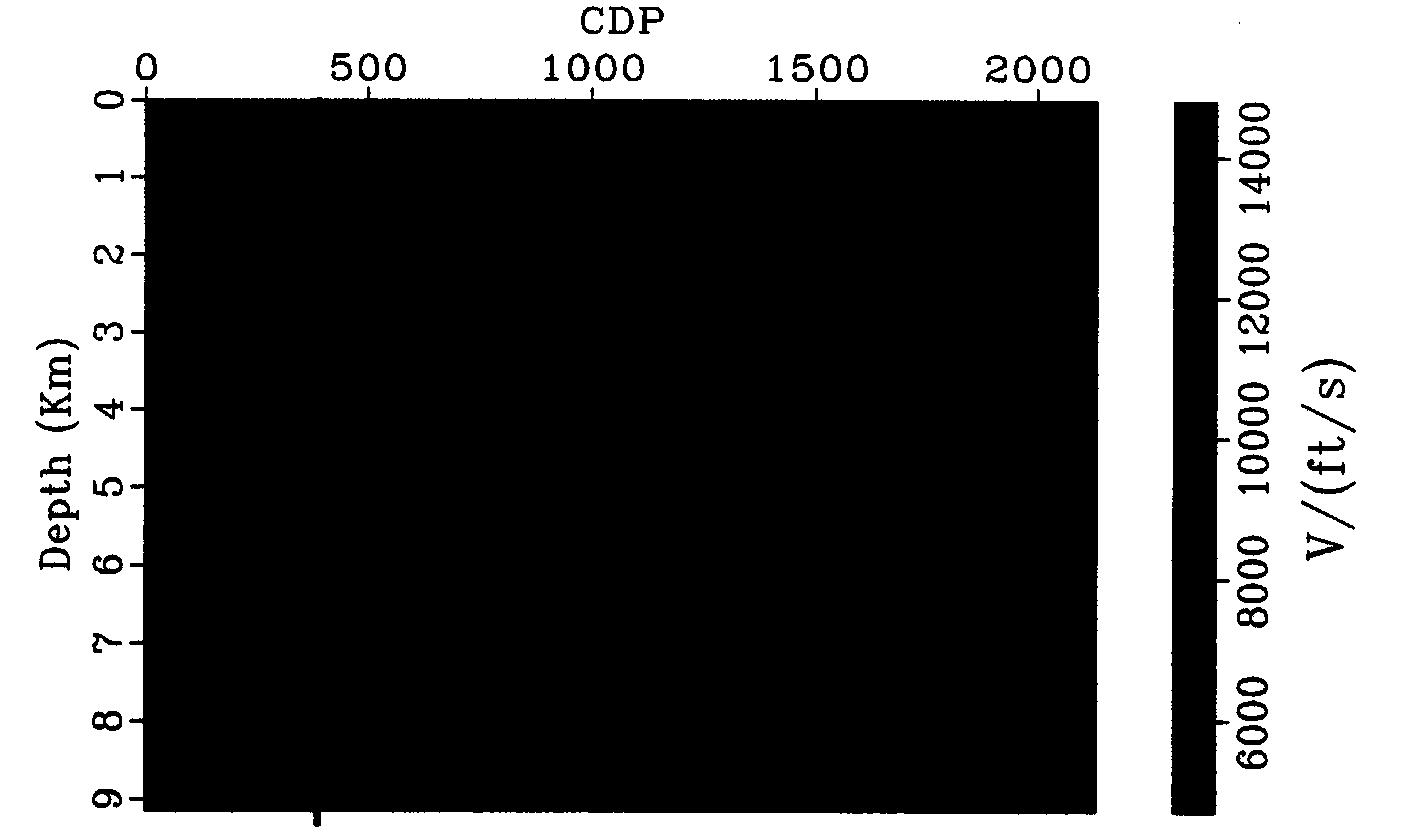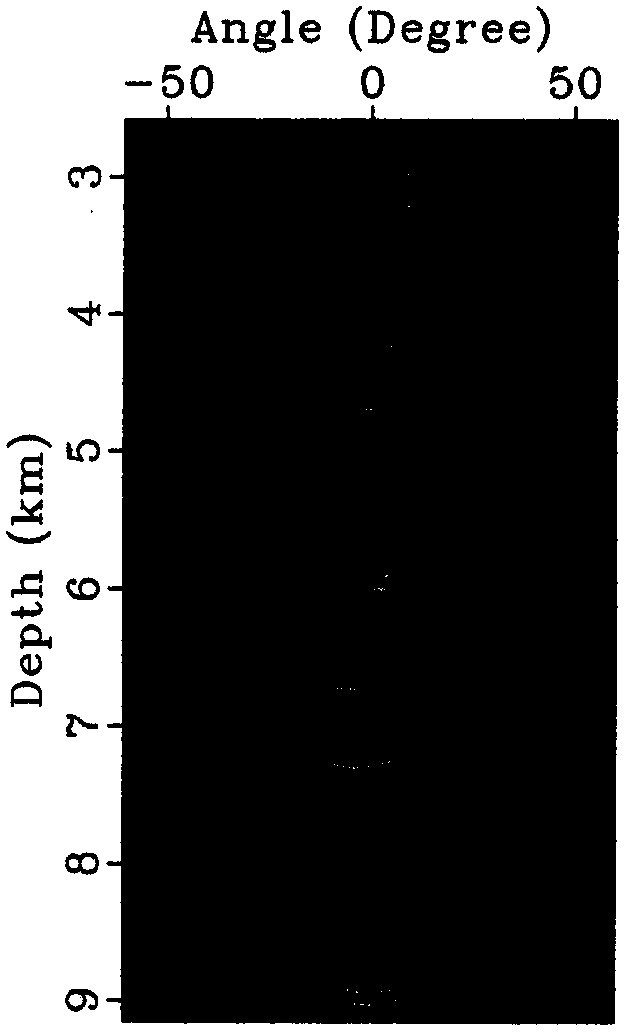Diffracted wave separating and imaging method based on reflected energy prediction
A technology of reflected energy and imaging method, applied in special data processing applications, instruments, electrical digital data processing, etc., can solve the problem of ignoring scattering effects, etc., to achieve the effect of improving imaging resolution
- Summary
- Abstract
- Description
- Claims
- Application Information
AI Technical Summary
Problems solved by technology
Method used
Image
Examples
Embodiment Construction
[0028] In order to make the above and other objects, features and advantages of the present invention more comprehensible, preferred examples are listed below and described in detail in conjunction with the accompanying drawings.
[0029] 1) Select the Sigsbee2a model for testing. The model has 2133 CDP points in the horizontal direction and 1201 sampling points in the vertical direction. The vertical and horizontal sampling intervals are 7.62m and 11.43m respectively. figure 1 shown;
[0030] 2) The observation system used is shooting in the middle and receiving on both sides, a total of 500 shots, the distance between shots is 45.72m, the maximum number of traces per shot is 348, and the distance between traces is 22.86m. exist figure 1 The dip angle gather extracted at the position of the red vertical line (just above the two diffraction points) is shown in figure 2 , the diffraction event is a horizontal straight line (indicated by the solid arrow), and the energy is re...
PUM
 Login to View More
Login to View More Abstract
Description
Claims
Application Information
 Login to View More
Login to View More - R&D
- Intellectual Property
- Life Sciences
- Materials
- Tech Scout
- Unparalleled Data Quality
- Higher Quality Content
- 60% Fewer Hallucinations
Browse by: Latest US Patents, China's latest patents, Technical Efficacy Thesaurus, Application Domain, Technology Topic, Popular Technical Reports.
© 2025 PatSnap. All rights reserved.Legal|Privacy policy|Modern Slavery Act Transparency Statement|Sitemap|About US| Contact US: help@patsnap.com



